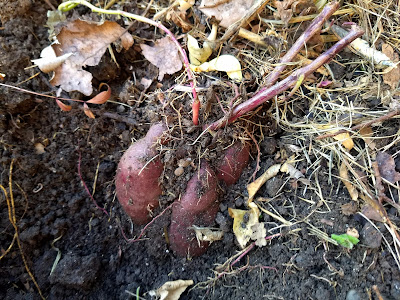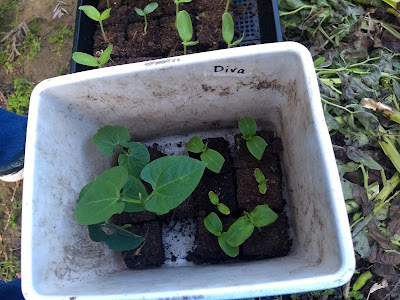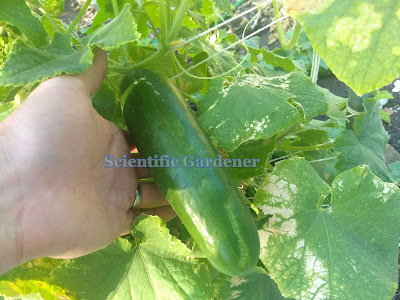Each year I save the very best sweet potatoes to plant for the following season for growing out sweet potato slips. I have found that by utilizing my clay ollas using my EasiOyYa setup (https://www.indiegogo.com/projects/easioyya#/comments), I am able to provide a steady source of moisture for my sweet potatoes.
All I do is set the sweet potatoes in the ground lengthwise near each olla, then I water them once by hand. Then I wait. As the sweet potato slips pop out of the ground, I make sure to select slips that have strong healthy growth. Slips consist of both the top growth (the stem and leaves) as well as the roots that begin growing below ground from the stem. For the most part, once the sweet potato is harvested, no roots or further growth occurs from the original mother sweet potato unless the new slips provide energy to them. When I lived in Tucson and had warmer soil temperatures, I found it easiest to grow sweet potatoes by starting the tuber in the ground and removing the potato once the slips have grown large enough. However, now that I live in an area with cooler soil temperatures, I find it advantageous to start my slips where I know that the soil temperature remains consistently warm.
Starting slips can be relatively easy. In very hot climates, you can shade the transplants for a day or two to allow them to get established. Because the leaves do not transpire as much as many other vegetable varieties, most transplants should be successful. Even a relatively small end of stem can be successfully transplanted into the ground to make a completely new plant.
While I generally start my transplants around June 1st (something I have been doing since living in Tucson), you may need to start your transplants a little later if you live in a much cooler climate. Short-season productive varieties may do better in climates with a short season. For nearly a decade, I have been utilizing Dingess Purple. I settled on this variety after a trail with half a dozen purple sweet potato varieties. It had the best flavor and texture of any of the sweet potatoes I grew and it makes a fabulous purple sweet potato pie.









































































